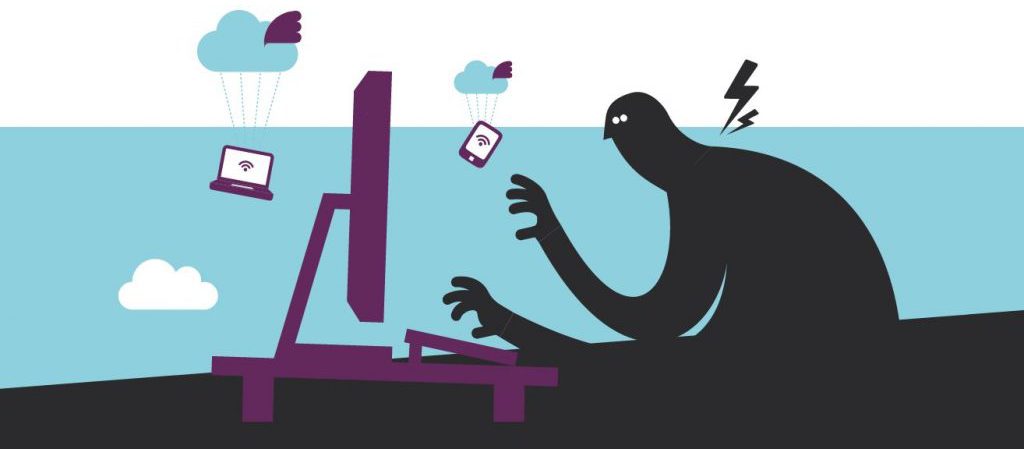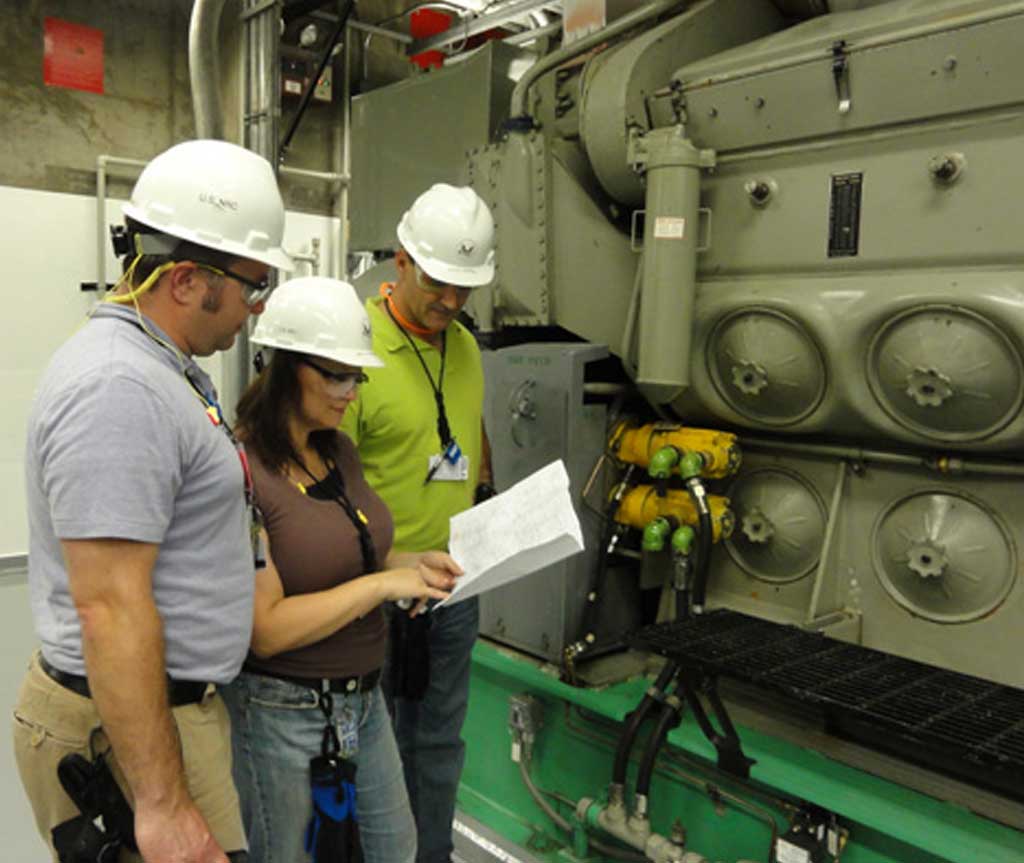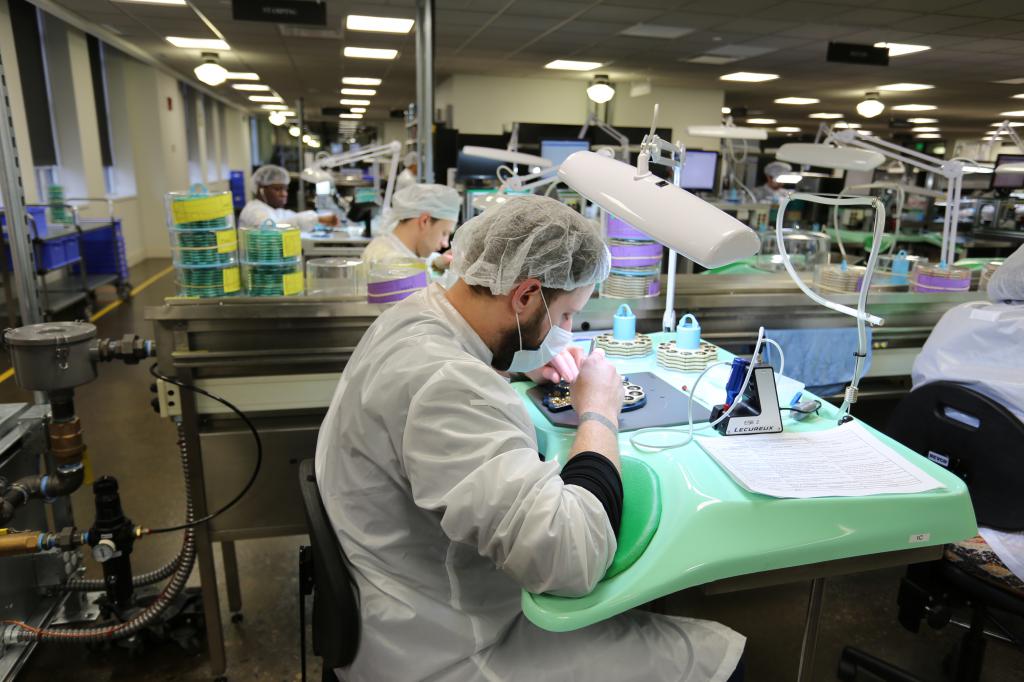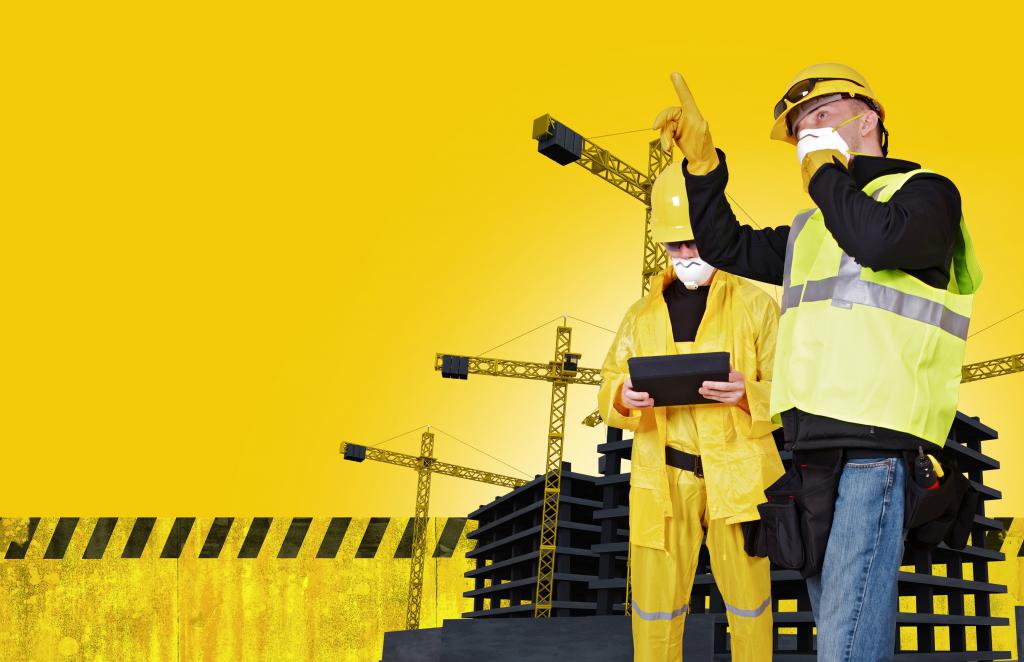Not so long ago, HR specialists doubted whether certification of workplaces is mandatory or not. There were exceptional separate categories, but any other place had to go through such a procedure. In 2013, a new legislative act was introduced, which abolished the compulsory procedure. Currently, it is necessary to make a special assessment of working conditions - SOUT. It is regulated by the Federal Law published at the end of December 2013 under the number 426. SOUT becomes the responsibility of any law-abiding employer.
Question Features
According to the current legislation, the SOUT is somewhat different from the previous certification procedure for workplaces according to working conditions. A number of standards were also changed, including the punishment for non-compliance with applicable rules. If the company refuses to conduct the SOUT, you will have to pay an administrative fine - the rates have become higher in comparison with the previous rules. If an accident occurs at the factory, the perpetrator will have to answer to the fullest extent of the criminal law. This is further specified in the 421st federal law.
Previously, the personnel department almost never doubted whether certification of workplaces was mandatory or not: the fact of holding such an event was stipulated by law, and the responsibility for it lay with the employer. Obligations were enshrined in a collection of labor laws, namely, the 212th article. Since 2014, enterprises have been required to organize SUT. Amendments devoted to this issue were inscribed in the TC. At the moment, in this legislative collection, the phrase “certification of the workplace” cannot be found at all.
In the 426th Federal Law, one can find the definition of the SOUT and the rules to which the procedure for holding the event is subject. According to current standards, assessment is a complex procedure consisting of sequential measures to identify hazardous, harmful factors in the workplace. Specialists should evaluate how great the level of their influence on the employed. The results of the assessment allow you to attribute a specific place to a class, subclass.
Responsibilities and Roles
The law, which says whether certification of workplaces is mandatory or not, also declares who is responsible for organizing research procedures in the framework of the JTS. Special assessment is the responsibility of the employer. This is explained in detail in the updated edition of article 212 of the code of laws governing working relations. In addition, the obligation to conduct a self-management system is stipulated in the first part of the eighth article of Federal Law 426. Any enterprise, even an individual entrepreneur, is obliged to conduct a self-management system if it accepts personnel for work.
The certification of jobs is mandatory or not, says legislation that pays attention to how many people work in the company. So, if an entrepreneur does not hire anyone from outside, he does not receive the status of an employer. As a result, it is not liable for a special assessment. As soon as a decision is made to hire personnel, even if it will be just one person, you will have to turn to the laws to understand the rules for conducting the JTS, and carry out this action regarding a new workplace. It is not necessary to organize an assessment if a person is hired by an individual who does not have entrepreneurial status at all. Such rules are stipulated by the 426th federal law, namely the third article.

Where and how do we work?
Today certification of workplaces by working conditions is not carried out, its place was taken by an assessment, and the rules for organizing such an event are largely determined by what kind of workplace you need to research. For some specific places, the law stipulates specialized rules. The list (including a description of the evaluation procedure) of jobs evaluated according to the old rules is somewhat different from the current one. Previously, it was only necessary to certify the places where the employee used hand tools, aggregates and devices, machines and installations, and transport. In a word, any potentially dangerous subject already became an occasion for the organization of certification. There are no such restrictions for SOUT. This procedure should always be carried out, regardless of the presence of a source of potential danger at the workplace.
Previously, personnel officers, figuring out whether it is necessary to certify jobs, practically did not pay attention to where it is located: in the enterprise or a person works remotely, from home. Previously, there were common grounds for remote and working people within the company, but current legislation does not require an assessment of working conditions for people who work at home, that is, work remotely.
And we are in the office!
Earlier, personnel officers were worried about whether certification of workplaces is mandatory, if organized in the office space. The Ministry of Labor even issued special explanations - however, after their publication, many still had ambiguities. At the moment, there is no reason for controversy in principle. The current legislation does not contain any exceptions, as a result, a specialized assessment is always and everywhere necessary, even when it comes to office space.

How often?
The current legislation specifies whether certification of jobs is required (no), whether a special assessment is necessary (yes), and also regulates the frequency of such studies. In general, an event should be organized once every five years or more often. If the place has already passed the certification procedure, it is allowed to conduct a special assessment five years after the certification date. There are some specialized cases that require an unscheduled assessment. The most characteristic situation is the introduction of a new workplace. You will also have to organize an assessment if the technological process changes, different compositions begin to be used in the work, or other innovations are practiced that potentially correct the strength of the production factor and the risks that plague workers.
The previously conducted certification of workplaces in hazardous working conditions and the modern procedure for self-leveling equipment have a number in common. In particular, if an accident occurs at the production site, it is imperative to organize an assessment. It is required if an employee has an occupational disease. Before starting SOUT, it is necessary to confirm the fact that the illness or accident is caused by harmful working conditions. Sometimes an unscheduled audit is organized if the enterprise receives a thematic order from the state authority responsible for working conditions. Perhaps supplemented with explanations of why evaluation is necessary, a proposal by the union. If such comes from the primary organization, the enterprise does not have the right to refuse to evaluate.

Where does it all begin
In 2017, mandatory certification of workplaces was already canceled, and it was replaced by SOUT. As in 2017, this year the responsibility for organizing and conducting the event lies entirely with the employer. In order to start the special assessment procedure, first of all, you will have to issue an order to collect the commission responsible for the procedure. They also choose a third-party legal entity that has the right to conduct an assessment and a license confirming it.They conclude an agreement with the company governing mutual work. As a rule, they draw up a civil law contract as the simplest and most convenient for this purpose.
The commission must include a representative of the employer, a person from the trade union organization, if any, in the company, and an employee who is responsible for labor protection and is hired or hired by the company. In the case when the assessment is required by a small enterprise, the commission necessarily includes the head, individual entrepreneur. The head of the commission is either the representative of the enterprise, or the same person who gives the staff jobs.
Who to collaborate with?
The TC, which previously explained when and in which cases mandatory certification of workplaces is required, is currently declaring the rules for organizing workspace assessment. According to regulatory enactments, for this it is necessary to involve an external legal entity. It is he who is obligated to directly assess the workplace. The enterprise should specialize in SOUT. This fact is declared by the statutory documents. In addition, it should have at least five experts in the field of self-level control systems who have received a certificate of the established form, confirming their right to conduct assessment work. According to the law, one of these five must specialize in general hygiene issues or have a specialization in hygiene at work or a doctor in laboratory research on sanitation and hygiene at the facility under examination.
In order to organize a full-fledged and satisfying regulatory enactments of the SUT, which replaced the certification of jobs in terms of working conditions, it is imperative to be able to resort to laboratory services. For this, the enterprise must have its own laboratory for testing. This is first accredited in order to confirm the fact that it is applicable for assessing the danger, harmfulness of production factors, the work process.

Everything is official
Previously, it was possible to find out about who certifies jobs from special lists. Currently, information on the list of companies with the right to conduct a special assessment is more relevant for entrepreneurs. For their accounting, specialized lists are also maintained. Any company that has received a license, has acquired the appropriate staff and has a laboratory, can begin its activities only after inclusion in the register.
Previously, choosing who certifies jobs, it was necessary to find a third party who was not connected with the enterprise under study. Currently, these standards have not changed. A special assessment should be carried out by an independent company. Failure to comply with these conditions will invalidate the assessment procedure, as a result, the employer will receive a fine upon the first inspection inspection.
Step by step
In many ways, the essence of certification of workplaces and SUT, which came to replace it, coincides. As part of the appraisal work, the specialists responsible for the study of the enterprise should evaluate whether there are harmful harmful factors affecting the personnel at a particular workplace. If it is not possible to detect such phenomena, this fact is recorded in the declaration, which is then sent to the labor inspectorate.
If the inspection revealed the presence of dangerous harmful phenomena, it is necessary to organize test, measuring work. Their results allow us to classify all the studied places. There are four classes. The most comfortable for work is optimal conditions. Permissible working conditions are somewhat less pleasant. There is a chance of a harmful place, and the worst case is classified as dangerous. Harmful working conditions are usually subdivided into four subclasses: from first to fourth.

Features of the procedure
If earlier businessmen did not always understand what the organization of certification of workplaces according to working conditions should be, today the current standards of the law leave no room for discrepancies. According to the procedure declared by regulatory enactments, when the commission finishes a special assessment, its participants form an official report in which they record all the useful information received during the work. It is necessary to list the studied jobs, for each of them to indicate what harmful, dangerous factors were found. If testing, measuring work has been carried out, they provide protocols on their organization. In the presence of an expert opinion, it is filed to the case.
Having figured out whether it is really necessary to carry out certification of workplaces or not, whether it is necessary to organize a TJS (yes), the employer must responsibly take all the steps of the assessment process. When the commission finishes working on the report, all the personnel of the enterprise, without exception, must be familiarized with this document. The fact of familiarization is recorded by the personal signature of the employed. Summary information on the basis of a special assessment must be published on the company's website, if the company has one.
Where is it useful?
The documentation obtained on the basis of the SOUT provides enough information to fill in the column of the 4-FSS form. Information extracted by experts in the course of a special assessment is necessary for employees of the insurance fund in order to assess the amount of premiums and discounts in the columns related to possible injuries during the production process.

The information obtained during the special assessment is necessary to determine the tariffs for the pension fund. The tariff varies between 0-8%, and specific indicators depend on the class, subclass of the workplace.
Based on the results of a special assessment, an entrepreneur can determine the optimal frequency of a medical examination by hired employees. Using information correctly, you can successfully choose the methods and measures for optimizing the workflow, so that the conditions become better.
Question Features
As mentioned above, the standards describing the special assessment were first published at the end of December 2013, so there are still enterprises for which the last certification of jobs took place less than five years ago. For all such firms, the last certification by law was equated with a special assessment, therefore, additional events are not required to be organized. As soon as five years have passed since the last study of production points, it will be necessary to organize a new assessment, since the results of the previous one are automatically canceled.
If the enterprise does not conduct such an assessment, it is possible to bring the entrepreneur, the person responsible for providing the staff with jobs, to responsibility. Punishment is chosen on the basis of administrative law. The amount of the fine for an individual varies between 5-10 thousand rubles, for an enterprise - between 60-80 thousand. In addition, the authority responsible for verification has the right to suspend the company. The length of the pause can reach 90 days.
In some cases, reviewers may limit themselves to issuing a warning. If this does not help and after some time the same violation is re-detected, more stringent sanctions are applied. If the fine has already been imposed, it is increased for individual entrepreneurs and officials up to 30-40 thousand, and for companies - up to 100-200 thousand. There is a likelihood of punishment in the form of disqualification. The measure will last 1-3 years. An enterprise or individual business may close. A pause in the conduct of activities reaches 90 days.
Options for the development of the situation
Any company that has places that are affected by hazards is at risk of an accident.If this happens, while the company will not be able to provide the results of a previous special assessment, we can talk about the fault of the employer in what happened. If one succeeds in proving, the punishment is chosen on the basis of criminal law. Usually they are guided by Article 143, under which they can be fined up to and including 400 thousand. An alternative penalty is wages for 18 months or another format of income for the same period.

If guilt is proven, the offender can be assigned correctional labor for up to two years. Forced labor is possible for a period of not more than a year or imprisonment for up to three years. If the accident resulted in the death of the victim, the head of the enterprise can be assigned to forced labor for 1 to 4 years, they can be imprisoned. If the incident caused the death of two or more people, the maximum period is increased to five years.
